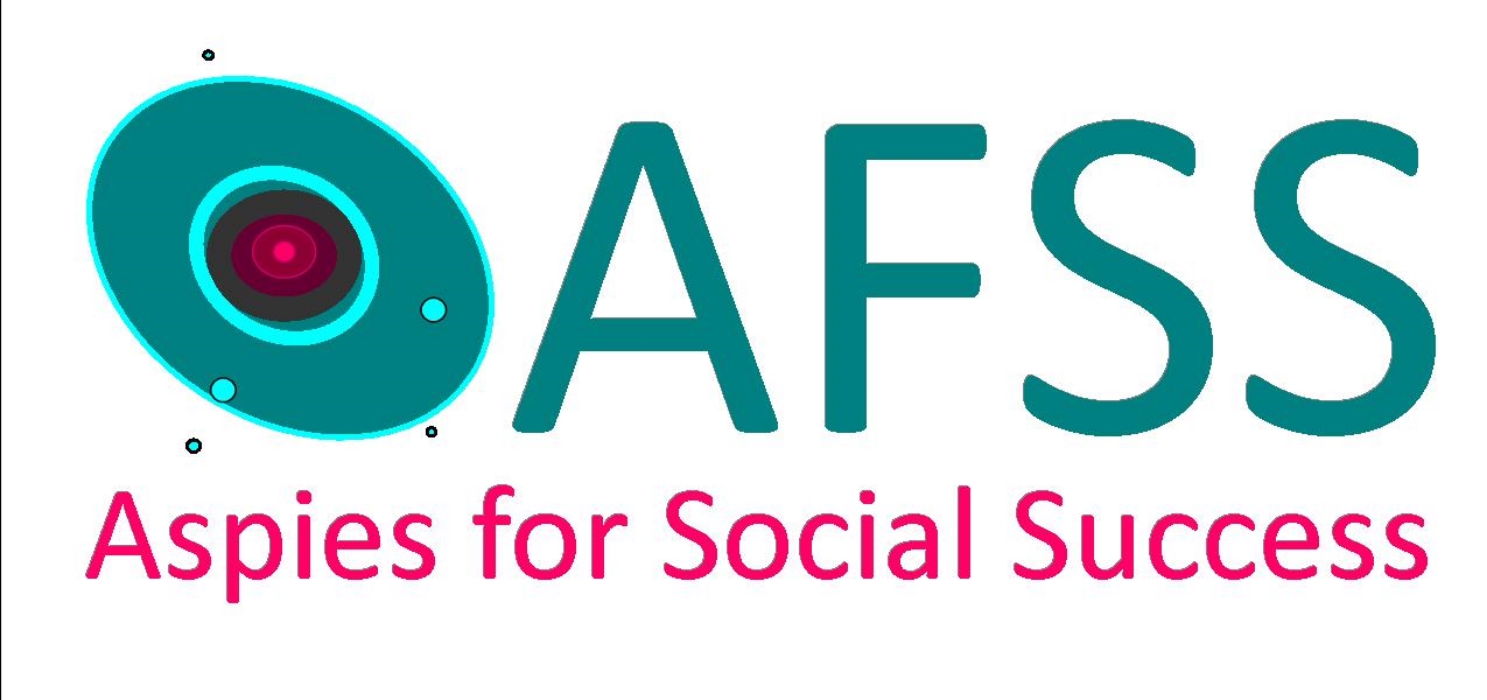AFSS has 10 wrist bands for access to see Temple Grandin who will be talking about her new book being released, “Calling All Minds”.
Date: Monday May 14
Time: 6:00 pm
LIMITED TO 10
(First come, first served)
PLEASE RSVP by no later than Thursday May 10: EMAIL FACEBOOK MEETUP
Location: Barnes & Noble, 33 East 17th Street, NYC, located just north of the Union Square subway station, includes the 4, 5, 6, L, N, Q, R and W Trains.
Mary Temple Grandin (born August 29, 1947) is an American professor of animal science at Colorado State University, consultant to the livestock industry on animal behavior, and autism spokesperson. She is one of the first individuals on the autism spectrum to publicly share insights from her personal experience of autism. She invented the "hug box" device to calm those on the autism spectrum. In the 2010 Time 100, an annual list of the 100 most influential people in the world, she was named in the "Heroes" category.[2] She was the subject of the Emmy- and Golden Globe-winning semi-biographical film Temple Grandin.
KIRKUS REVIEW
Celebrated inventor Grandin shares her experiences and insights into her processes of tinkering and building, offering excellent advice to aspiring young inventors for realizing their own innovative ideas.
Grandin explores the history of inventions from the ancient to the contemporary, the science behind them, and the steps various people took to create and improve upon ideas as they evolved, and she also suggests ways in which young inventors can think about and understand what it means to innovate. What makes Grandin’s narrative particularly engaging are the many anecdotes she shares about her own childhood fascination with questioning, investigating, building, and inventing. She shares how her autism enabled her to see things in unique ways, paving the way for her innovative work in animal behavior. Grandin describes herself as a visual, “bottom-up thinker,” the type of scientist who gathers data and then arrives at a hypothesis. She passionately encourages young people to use their imaginations, stressing inquisitiveness and open-mindedness as the keys to problem-solving as well as the importance of tactile experiences and hands-on experimentation. Included in the text are 25 kid-friendly projects to help develop those skills. Mixing history, science, and memoir makes for an occasionally digressive narrative that is sometimes unwieldy but never boring An impassioned call to look at the world in unique ways with plenty of practical advice on how to cultivate a curious, inquiring, imaginative mind. (diagrams, photos, bibliography) (Nonfiction. 8-12).
We will be going out to eat after and will decide where to go together.
